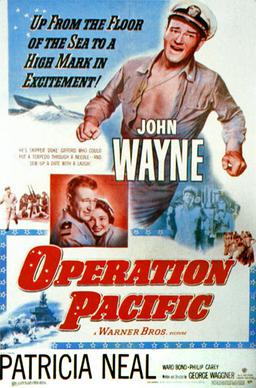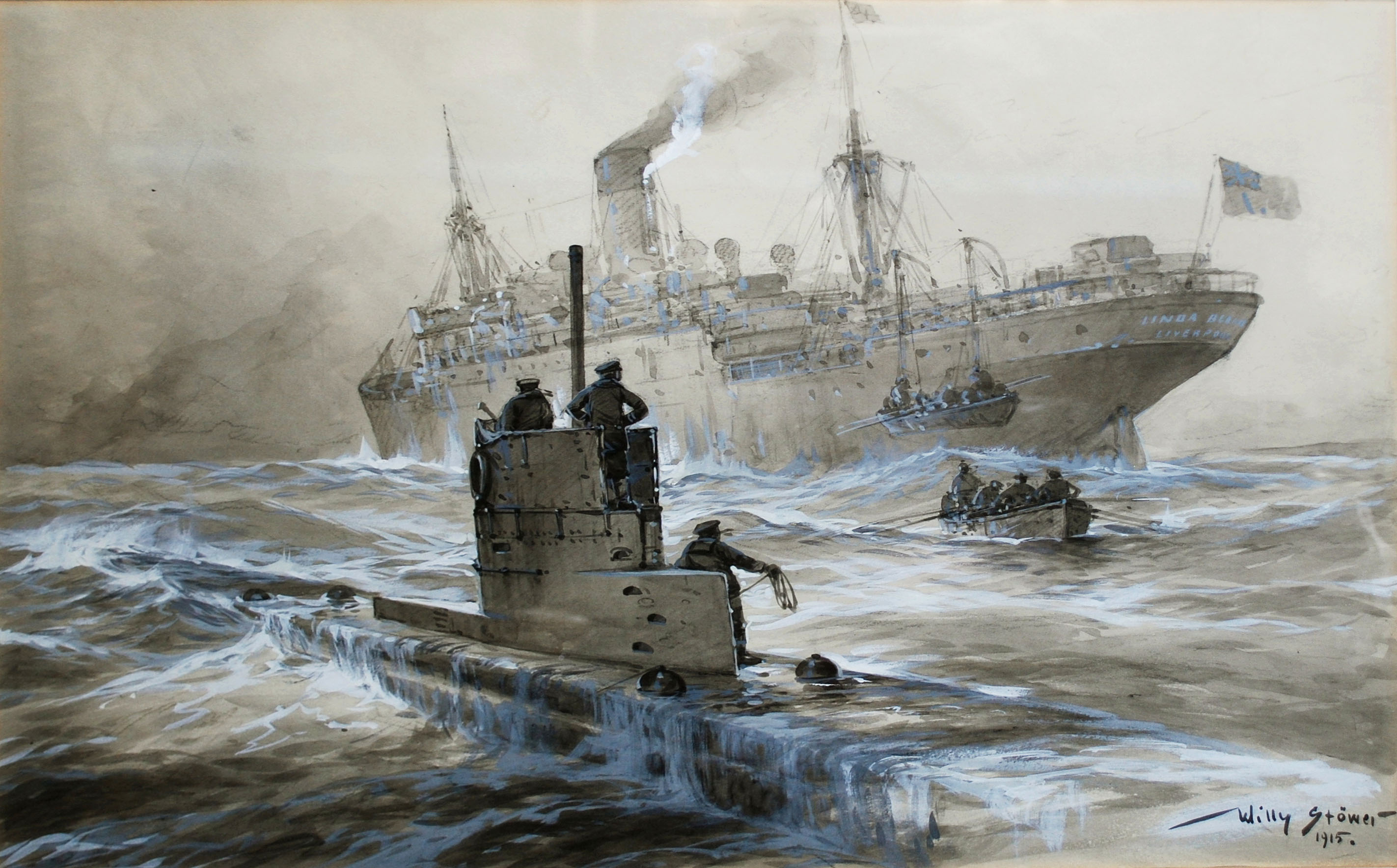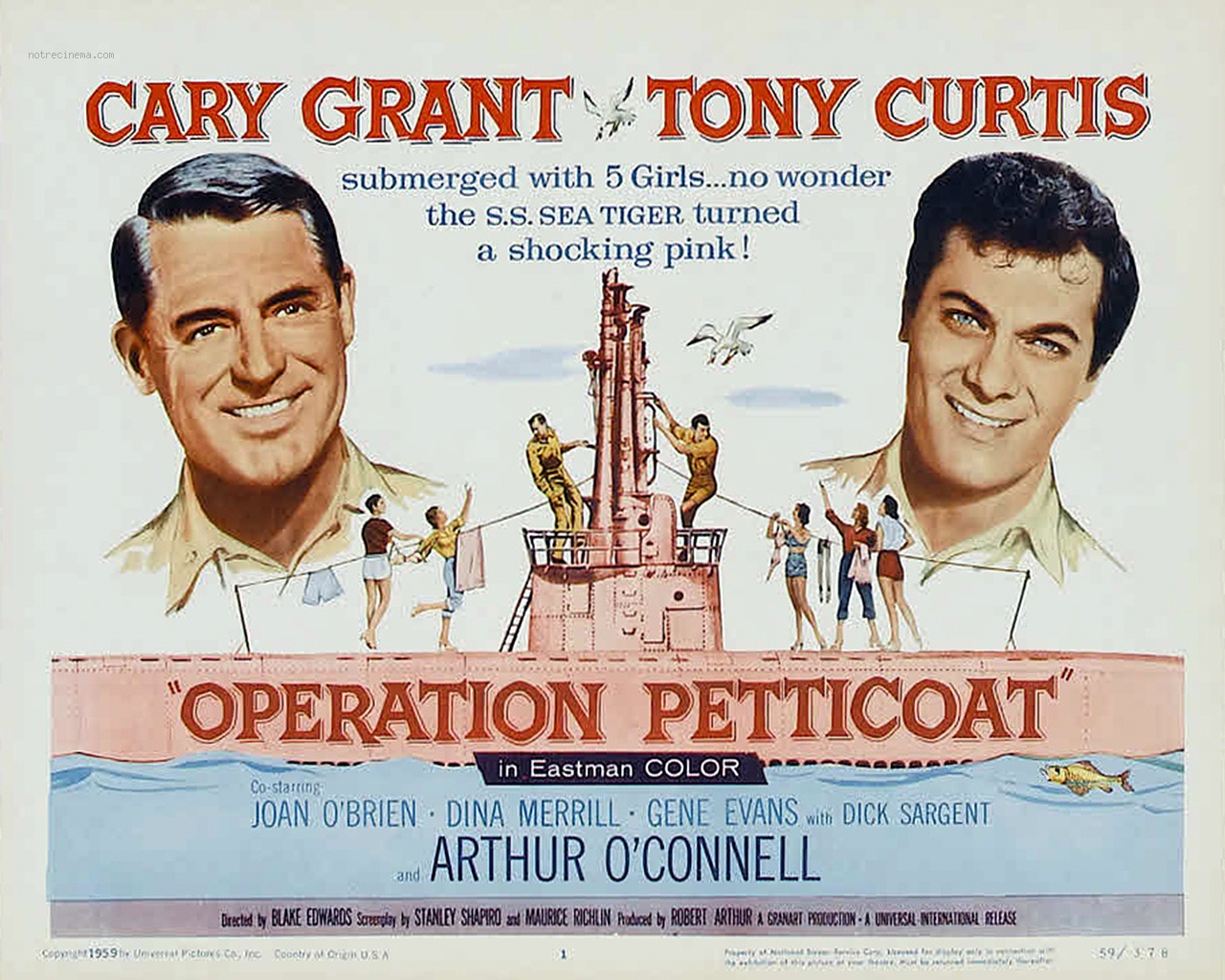VS.
PLOT:
“We Dive at Dawn” is a British
submarine movie released in 1943. The
Sea Tiger, commanded by Lt. Taylor (John Mills), returns from an unstellar
cruise so we can get some soap operaish plot developments involving the
crew. Once these human interest stories
have been initiated, the boat gets a secret mission to sink a German battleship. Once this is possibly accomplished the sub
has to land a shore party to blow some stuff up. The plot does a good job balancing character
development, the home front, and the action.
It builds to a rousing conclusion.
GRADE = B+
“Up Periscope” was released in 1959 which makes it the
last of the post-WWII sub movies. It
concentrates on a secret mission which involves landing a frogman (James
Garner) on a Japanese island to steal a code book. Unfortunately, Commander Stevenson (Edmund
O”Brien) is a by the book type who does not want to endanger his boat even if
it means winning the war. There is a
romance to bookend the movie and a duel with a destroyer. The mission is fairly suspenseful, if
predictable. There is little character
development and it lacks crew perspective.
Basically, it’s nothing special. GRADE
= B-
FIRST QUARTER SCORE: We Dive at Dawn = 8
Up
Periscope = 7
ACTING:
“We Dive at Dawn” has a good
cast of Brits who you probably don’t know except John Mills. In a bit of a a twist, he plays the ladies’
man instead of a member of the crew. This
is a bit of a stretch but he of course is perfect as the imperturbable captain
when at sea. The acting honors go to
Eric Portman as the sad sack Hobson who is dealing with a wayward wife, but
still finds it in himself to become an action hero. It actually is believable.
GRADE
= A
Much of the entertainment value for “Up Periscope”
comes from the acting. Garner and
O’Brien are appropriately feisty towards each other. It was Garner’s second significant role after
“Darby’s Rangers” and he was still appearing in “Maverick”. He was coming into his own as a leading
man. O’Brien was at the top of his
career. The supporting cast is fine and
dominated by Alan Hale, Jr. as the
boat’s resident wolf! Believe it or
not. He also provides the little comic relief
in an otherwise serious movie. GRADE =
B
HALFTIME SCORE: We Dive at Dawn = 17
Up
Periscope = 15
TACTICS:
“We Dive at Dawn” has the Sea
Tiger traveling on the surface during the daytime because they are in a rush to
intercept the battleship. However, it
does crash dive when a plane is spotted.
“Looked like one of ours, so we dived immediately.” That line alone tells you the screenwriter
knows the dangers of sub warfare. The
sub easily goes through a mine field and rams its way through a net. They fire six torpedoes at the battleship and
have to dive before knowing what the effects were. It was a lucky fire situation, however. They get out of a depth charging by broaching
which was nuts. GRADE = D
“Up Periscope” is a strange bird when it comes to
tactics. Commander Stevenson loses the
faith of his crew by staying on the bottom while a fleet passes over even
though he has a crewman who is grievously injured in an accident. This makes little sense because the Japanese
are not even pinging for him. Later, he
risks the boat by traveling on the surface to get to the target island sooner,
but when he gets there he refuses to risk the sub by going into the
lagoon. He changes his mind because
there is a ship outside, which makes little sense. GRADE = C
THIRD QUARTER SCORE: We Dive at Dawn = 22
Up Periscope = 21
CLICHES:
In “We Dive at Dawn” leave is
cut short because of a special mission.
A depth charging results in leaks.
They fool the Germans by jettisoning oil, debris, and a conveniently
dead German. They send a shore party
ashore to wreck s*** and steal some fuel.
They don’t follow a ship through a net, they bash their way
through! GRADE = B-
In “Up Periscope”, the skipper and the frogman butt
heads. The sub is sent on a special mission. Garner conducts a one-man commando raid to
get a code book. A man is left on deck
during a dive. Diesel oil is released to
fool a Japanese destroyer that is depth charging them. The sub has a black mess mate. GRADE = C
FINAL SCORE: We Dive at Dawn = 29
Up Periscope = 27
ANALYSIS: Because
of the categories, this matchup ended up closer than it should have been. “We Dive at Dawn” is the much better
movie. It has better acting and develops the
characters well, including some of the crew.
The dialogue is more realistic (provided you can wade through the
accents) and the behavior on board more genuine. It has a superior set piece that is one of
the better shore party scenes in a sub movie.
On the other hand, “Up Periscope” has too many holes in the plot. It also has a lame romance thrown in.








.jpg)

